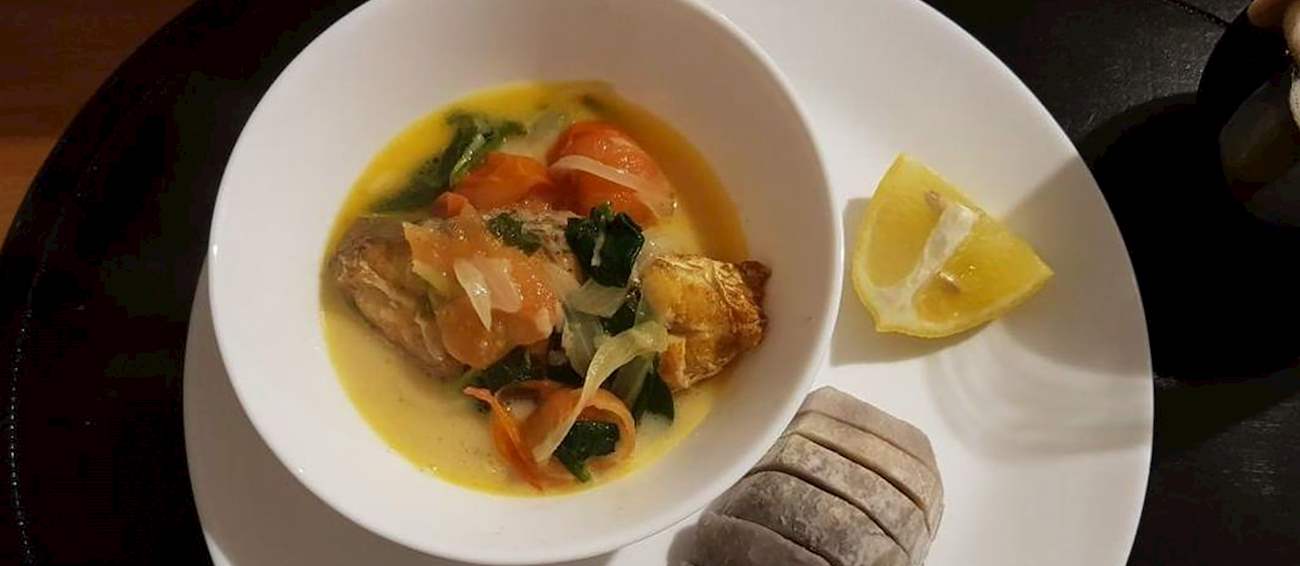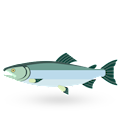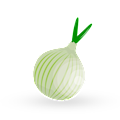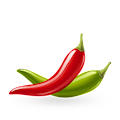TABLE OF CONTENTS
Best Fijian Foods
MAIN INGREDIENTS
Kokoda is a traditional dish made with fresh, raw fish such as mahi-mahi or snapper that is marinated in a combination of coconut milk and citrus juices such as lemons and limes. The coconut milk is added in order to balance out the acid. Fijian variety of ceviche is often garnished or combined with additional ingredients such as sea salt, minced chilis, finely sliced green onions, and coriander leaves.
MAIN INGREDIENTS
This classic Fijian dish is prepared by simmering meaty white fish such as cod or mahi-mahi in lolo – which is the Fijian word for coconut milk. Sliced onions, ginger, and sometimes even chopped tomatoes are added to this delicious meal in order to enhance its flavors even further.
Fish lolo can be accompanied by boiled sweet potatoes, taro root, rice, or lime wedges on the side.
MAIN INGREDIENTS
Ura vakalolo is a specialty hailing from Fiji that consists of whole prawns coated with coconut cream sauce. Prawns are known as ura in Fiji and are often cooked in salted water or coconut milk. This dish is a variation of a Fijian delicacy that involves simmering fish, prawns, shrimps, lobsters, or chicken in coconut cream.
The cream often contains ingredients such as onions, ginger, tomatoes, garlic, lemon juice, and chili peppers.
MAIN INGREDIENTS
Purini is a Fijian steamed dessert made with wheat flour and coconut cream or milk. The dessert is prepared with a mixture of flour, baking powder and baking soda, that is combined with hot coconut cream or milk. The pudding-like mixture is then added to a greased pot or tin and steamed until thoroughly cooked.
It is typically flavored with vanilla essence, but it can also be enhanced with cinnamon, nutmeg, or cloves. Mashed bananas or raisins can also be added to the mixture. With a mild sweetness and a moist texture, this steamed pudding is usually accompanied by custard or butter and a cup of tea on the side.
MAIN INGREDIENTS
Kovu walu is a traditional fish dish that is infused with coconut milk and spices, then steamed in banana leaves. Walu is locally-sourced Spanish mackerel, while kovu refers to the method of preparation of the fish that involves marinating it in a mixture of coconut milk, ginger, onions, and fresh turmeric, and then cooking it enclosed within fresh banana leaves.
This fish specialty is typically served with taro and cassava on the side.
MAIN INGREDIENTS
Vakalavalava is a Fijian dessert made with grated fresh cassava, shredded coconut, sugar, and butter. The sweet cassava mixture is baked in a pan, and it can optionally be topped with sweetened condensed milk, custards, creams, or syrups. This cassava-based dessert is often enriched with mashed bananas or coconut milk.
Often referred to as cassava cake, this dessert is typically reserved for afternoon and evening tea, but it can also be eaten for breakfast. Vakalavalava is considered a take on vakalolo, a steamed Fijian pudding, both of which are based on cassava, called tavioka in Fiji.
MAIN INGREDIENTS
Topoi is a Fijian dumpling made with wheat flour, coconut milk or cream, and sugar. The dough is shaped into balls, which are then simmered in a pot of boiling water until soft and thoroughly cooked. Once boiled, the dumplings are taken out, and the remaining water is further cooked with additional coconut milk until it has thickened to a porridge-like consistency.
The dumplings can be consumed either on their own or with the porridge mixture. Topoi is a typical Fijian breakfast that is usually accompanied by butter, jam, and a cup of steaming tea on the side.
MAIN INGREDIENTS
Babakau is a light and airy deep-fried dough made with flour, water, yeast, and sugar. The pieces of dough are usually triangular or rectangular, and they can optionally be filled with a variety of ingredients such as coconut shavings, curries, or grated onions.
Also known as Fijian pancake or donut, babakau is a typical Fijian breakfast meal that is usually eaten with sugar, jam, butter and some lemon or lime wedges on the side.
MAIN INGREDIENTS
Baigan valo is a traditional dish consisting of eggplants that are halved, stuffed with fish, then topped with coconut cream and steamed until ready for consumption. Although the final dish looks a bit messy, the combination of different textures and flavors are said to taste heavenly.
MAIN INGREDIENTS
This flavorful Fijian dessert consists of crushed wafer cookies, butter, shredded coconut, Nutella, and chocolate ice cream. When served, Fijian mud pie is typically sliced into wedges. It can be made in advance, then refrigerated, which is another reason to indulge in this decadent and dense dessert.
TABLE OF CONTENTS
Best Fijian Food Producers
AWARDS

IWSC- International wine & spirit competition - Spirit Gold
2024
BEST Paradise Beverages Liqueurs
TABLE OF CONTENTS
Best Fijian Food Products
AWARDS

IWSC- International wine & spirit competition - Spirit Gold
2024
AWARDS

IWSC- International wine & spirit competition - Spirit Gold
2024
AWARDS

World Gin Awards - Country Winner
2022
TasteAtlas food rankings are based on the ratings of the TasteAtlas audience, with a series of mechanisms that recognize real users and that ignore bot, nationalist or local patriotic ratings, and give additional value to the ratings of users that the system recognizes as knowledgeable. TasteAtlas Rankings should not be seen as the final global conclusion about food. Their purpose is to promote excellent local foods, instill pride in traditional dishes, and arouse curiosity about dishes you haven’t tried.












